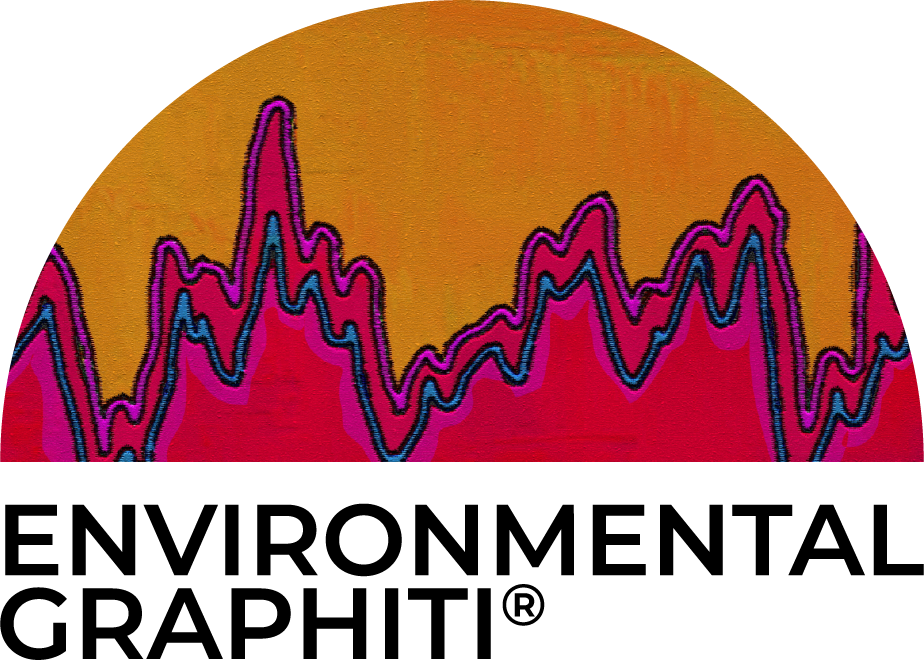Arctic Sea Ice Extent 1979-2017
The Art
The Graph
What’s Alarming
The mean temperature rise in the Arctic region, as measured from the period 1979 through 2017, is twice the global mean temperature rise over the same period. This increase correlates with a significant reduction in Arctic sea ice extent over this period, especially during the summer. Arctic sea ice cover varies over the course of a year and can be two or three times greater at end of winter (shown as March on the graph) vs end of summer (shown as September on the graph).*
A recent peer-reviewed study predicts that, even if the world succeeded in holding global temperature rise to the highly unlikely scenario of 1.5°C, there will be a complete loss of summer Arctic sea ice cover by 2030, at least a decade earlier than previous estimates.****
“Arctic air temperatures for the past five years (2014-18) have exceeded all previous records since 1900….In 2018 Arctic sea ice remained younger, thinner and covered less area than in the past. The 12 lowest extents in the satellite record have occurred in the last 12 years.”**
*February 2019, NOAA/NASA Annual Global Analysis for 2018, Gavin A. Schmidt, NASA; Derek Arndt, NOAA
**NOAA Arctic Report Card 2018
***“The sustained transformation to a warmer, less frozen and biologically changed Arctic remains clear… The end of summer sea ice extent in 2020 was the second lowest in the 42-year satellite record, with 2012 being the record minimum year.”
***NOAA Arctic Report Card 2020
Kim, YH., Min, SK Gillett, NP, et al. Observationally -constrained projections of an ice-free Arctic even under a low-emissions scenario. Nat Commun 14, 3139 (2023). https://doi.org/10.1038/s4147-023-38511-8
